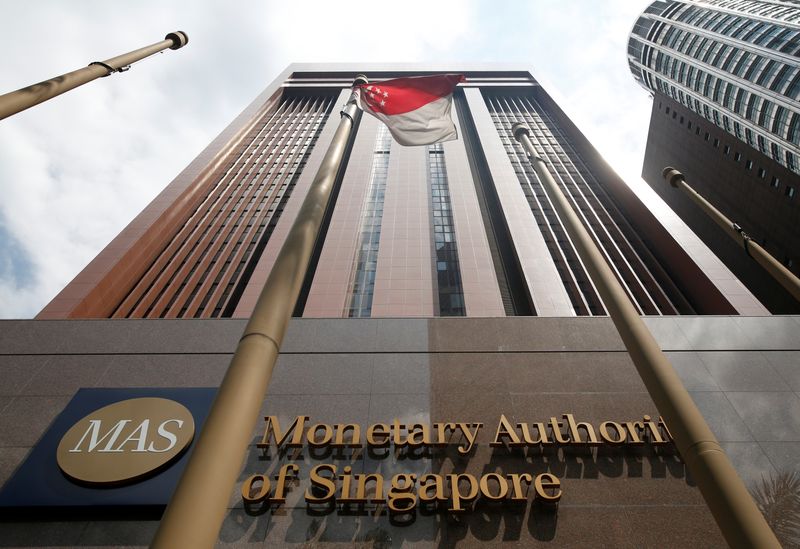Singapore’s monetary policy is under close scrutiny as the central bank, the Monetary Authority of Singapore (MAS), prepares for a scheduled review amid uncertainty in inflation and economic growth due to ongoing geopolitical tensions. Analysts polled by Reuters predict that MAS is unlikely to make any adjustments to its monetary policy in the immediate future. With oil prices continuing to rise due to conflict in the Middle East and extreme weather impacting food costs, inflationary pressures remain. Moody’s Analytics economist Denise Cheok suggests that while a reduction in the slope of the Singapore dollar nominal effective exchange rate (S$NEER) policy band could happen in the first half of the coming year, a more significant adjustment may be necessary if the trend of imported inflation downward persists into the latter half of 2025.
Despite inflation in Singapore showing signs of easing from its peak of 5.5% earlier in 2023, the rate stood at 2.7% year-on-year as of August, indicating that inflationary pressures persist. The MAS anticipates core inflation to moderate more significantly towards the end of the year, estimating rates between 2.5% and 3.5%. As a small, trade-dependent economy, Singapore’s performance is often viewed as indicative of global economic conditions. The country’s GDP growth slowed significantly to 1.1% in 2023 from 3.8% in the previous year but rebounded to show a year-on-year increase of 2.9% in the second quarter of 2024, prompting some economists to revise their forecasts for the upcoming year.
In line with these developments, the Trade Ministry has updated its GDP growth forecast for 2024, raising the range from a previously estimated 1.0% to 3.0% to a new range of 2.0% to 3.0%. Analysts agree that the economy appears to be performing close to its potential output, suggesting that the MAS is under no immediate pressure to adjust its existing monetary policy. This is particularly notable given the global context, where central banks including the Federal Reserve in the United States have recently engaged in interest rate cuts.
As the global economic landscape sees central banks cutting rates to stimulate growth, Singapore’s MAS has maintained its policy stance since tightening in October 2022, marking five consecutive tightening moves based on concerns about growth. Instead of adjusting interest rates to manage monetary policy, the MAS employs a different approach by allowing the Singapore dollar to fluctuate within a predetermined band against the currencies of its primary trading partners. This strategy focuses on adjusting the slope, midpoint, and width of the S$NEER band as policy levers rather than traditional interest rate changes.
While the majority consensus among analysts points to a hold on policy adjustments, some outliers like UOB Bank foresee potential changes, citing the easing measures of major central banks in advanced economies. They predict a slight reduction to the S$NEER slope, although they acknowledge that full normalisation of policy might be delayed until early or mid-2025. This comes on the back of MAS beginning quarterly policy announcements, a shift from the previous semiannual announcements, allowing for a more agile response to economic conditions as they evolve.
In conclusion, the MAS faces a complex economic environment characterized by persistent inflation and geopolitical uncertainties. While there is a consensus against immediate policy changes, the central bank remains vigilant in monitoring growth and inflation dynamics. The balance between supporting economic growth while curbing inflationary pressures will likely define the MAS’s approach in the coming quarters, with potential policy adjustments hinging on upcoming data regarding inflation and global economic trends. As such, the MAS continues to navigate a tricky path in the realm of monetary policy amidst a backdrop of uncertainty in both domestic and global contexts.

